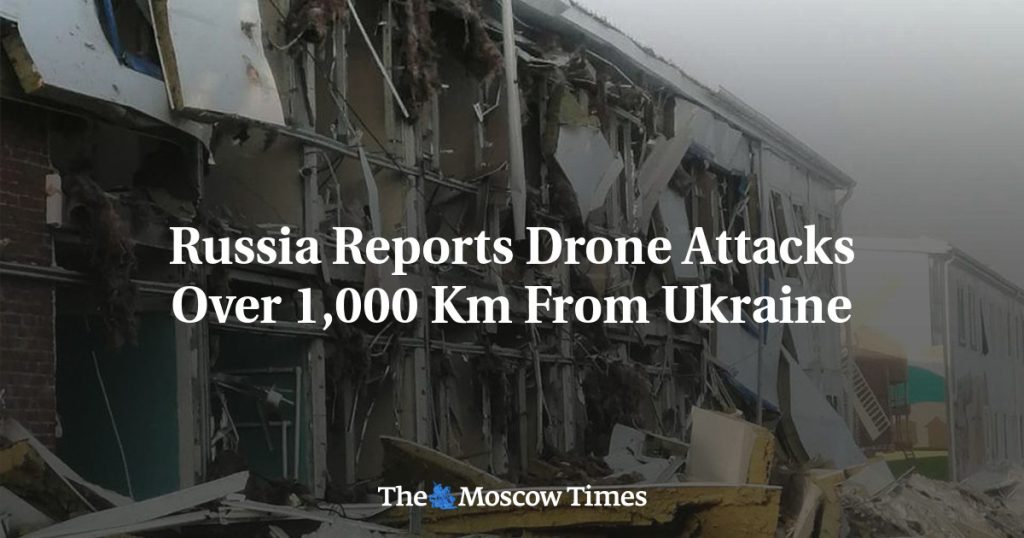In a surprising turn of events, Russia reported on Tuesday that drone attacks had taken place on factories in the republic of Tatarstan, located more than 1,100 kilometers away from Ukraine. The attacks targeted factories in the cities of Yelabuga and Nizhnekamsk, resulting in injuries to several individuals. The Tatar leader, Rustam Minnikhanov, confirmed the attacks through his press service on Telegram, stating that the factories were not significantly damaged and operations were not affected, despite the injuries sustained by people in Yelabuga.
Yelabuga, home to a special economic zone with chemical and mechanical engineering and metal treatment facilities, was one of the locations targeted by the drone strikes. The attacks also reached Nizhnekamsk, a city known for its large petrol refinery. In the Alabuga Special Economic Zone near Yelabuga, two individuals were injured when drones hit a house, as reported by the local administration’s statement. Despite the attacks causing injuries, there was relief that the factories themselves were not seriously harmed and were able to continue functioning normally.
The drone attacks on Tatarstan’s factories raised concerns about the evolving methods of warfare being employed in the region, as drones are increasingly being used as tools for carrying out precision strikes in conflicts. The fact that the attacks originated from a location as far away as Ukraine underscored the potential for such drones to be utilized in unexpected ways by various parties involved in regional conflicts. The incidents highlighted the vulnerability of critical infrastructure to such attacks, prompting authorities to enhance security measures to prevent future incidents and protect civilians.
The attacks on Tatarstan’s factories served as a wakeup call for the region, prompting a reevaluation of security protocols and the need for greater vigilance in safeguarding critical facilities from potential threats. As technology continues to advance, the threat posed by drones in conflict scenarios becomes more pronounced, necessitating proactive measures to counter such risks. The incidents in Tatarstan highlighted the importance of robust defenses against drone attacks and the critical role of intelligence-gathering in detecting and thwarting potential threats before they materialize.
In the aftermath of the drone attacks in Tatarstan, authorities intensified efforts to identify the perpetrators and prevent further attacks on the region’s vital industrial infrastructure. Investigations were launched to determine the source of the drones and the motives behind the attacks, as concerns grew over the potential for future incidents of this nature. The security response to the attacks underscored the need for coordinated efforts among government agencies and security forces to address emerging threats and protect civilians from harm in conflict-affected areas.
Overall, the drone attacks on Tatarstan’s factories highlighted the evolving nature of warfare in modern conflicts, with drones emerging as a potent tool for carrying out precision strikes and causing disruption to critical infrastructure. The incidents underscored the need for enhanced security measures and proactive defenses against drone threats, as well as the importance of intelligence-gathering and swift response to potential attacks. The attacks in Tatarstan served as a stark reminder of the vulnerabilities faced by industrial facilities in conflict zones and the imperative of securing such infrastructure from emerging threats in an increasingly complex security environment.


